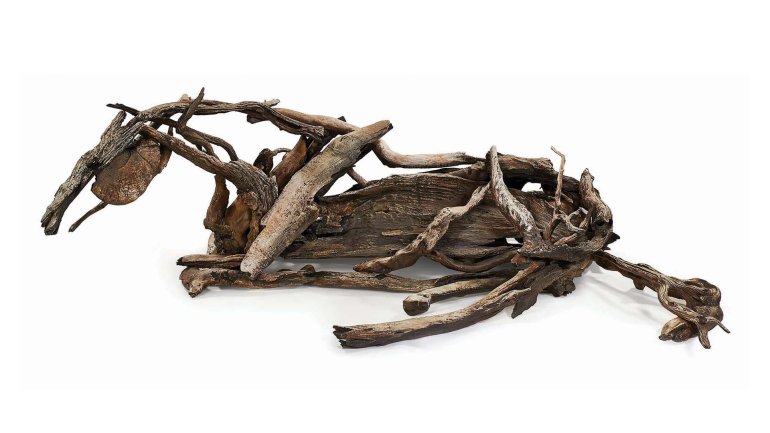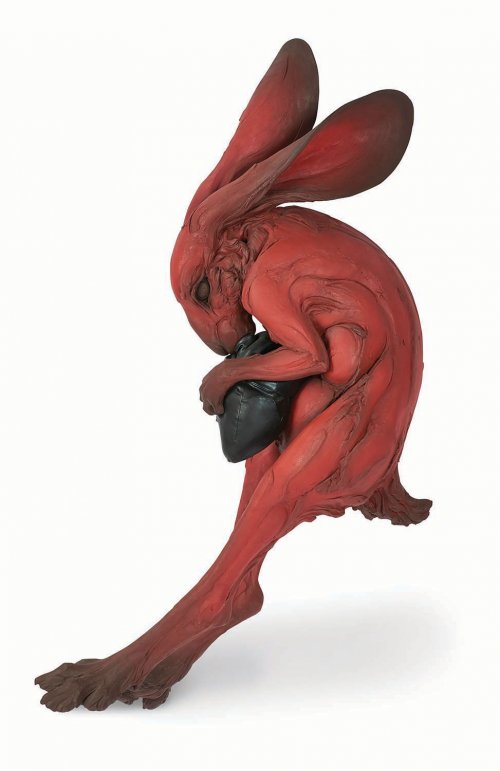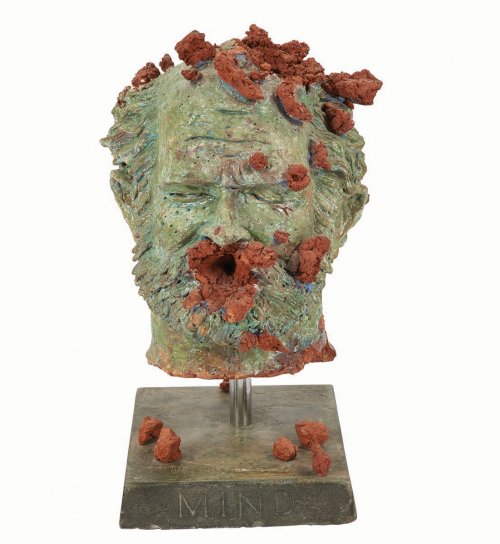Treadway Toomey
Treadway Toomey
Back in 1987, Don Treadway and John Toomey were both longtime dealers in Arts and Crafts furnishings and decorative objects. Each had (and maintains to this day) his own gallery – Treadway in Cincinnati, Toomey in the Chicago suburb of Oak Park. Given their similar interests and clients, they decided it made sense to team up. But instead of a retail partnership, the business model they chose was the auction.
“They felt that the future of the business was going to be driven by auction houses,” explains Joe Stanfield, head of fine art for Treadway Toomey Auctions. Specializing in 20th-century art and design, the firm prides itself on its niche focus and small staff of experts who “live and breathe this material,” as Stanfield puts it.
Arts and Crafts pottery and furniture were their mainstay at first; in the 1990s, they became early proponents of midcentury modern. This year they’re making a splash with the sale of several thousand items, including about 300 craft objects, from the estate of collector and philanthropist Candice B. Groot.
Groot, who died in 2015, amassed timepieces, erotica, and fine art, and what Stanfield calls “one of the ultimate collections of modern and contemporary ceramics.” Represented, often in depth, are masters of the post-World War II clay art movement, among them Peter Voulkos, Ken Price, Viola Frey, and, in particular, Robert Arneson: “Without a doubt, the most Arnesons that will ever come to the market are from her collection.” A ceramist herself, Groot also made a point of supporting the work of present-day clay artists such as Michael Lucero, Beth Cavener Stichter, Kathy Butterly, Grayson Perry, and many others.
For any auction house, a collection like Groot’s is that rare and wonderful “get,” an encyclopedic array of museum-quality pieces, carefully curated by an internationally known connoisseur with a passionate vision. It’s also an extraordinary opportunity for buyers.
“People are interested in Candice’s material because it came from her. When an entire collection comes up for sale, the prices realized tend to be extremely high,” says Stanfield.
Treadway Toomey has offered the Groot collection in four separate sales spread out over 2016, with the final event scheduled for November 12. So far, many pieces have sold exceedingly well: Work Boots (1983), by Marilyn Levine, expected to sell for between $7,000 and $9,000, brought $24,400; Baby Scale, a 1981 sculpture by Ken Price, sold for $39,650, nearly double its estimate; Arneson’s 1981 Portrait of the Artist as a Clever Old Dog also topped its estimate, fetching a whopping $121,500. The takeaway, says Stanfield, is that the value of work by blue-chip artists stands the test of time.
“Rarity is key. If something comes up for sale that has been in private hands or a museum collection for an extended period and fits criteria for collectors – rare, good condition, good provenance – the market almost couldn’t be stronger for that type of item.”
While 50-some people might typically attend a Treadway Toomey auction in person, the vast majority of bids are made online or by phone. Stanfield foresees a future of empty auction rooms, now that smartphones make placing bids a snap: “A lot of our clients like the idea of being able to be out for dinner and bid at an auction, all at the same time.”
Still, he often finds himself reassuring even his friends. “They’ll say, ‘Joe, what do I do? How do I bid? If I’m at the auction and I itch my nose, is the auctioneer going to sell it to me?’ It’s still a little mysterious, and it shouldn’t be. You have to give new buyers confidence that it’s a straightforward and easy process that can be fun and exciting.”



